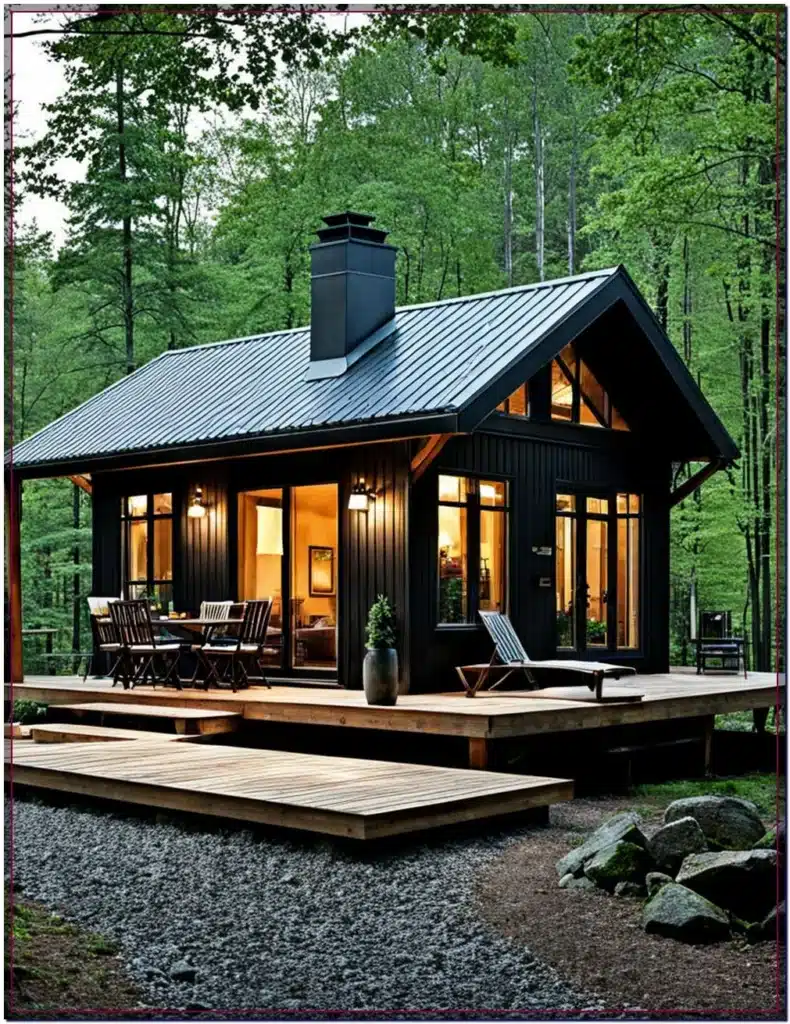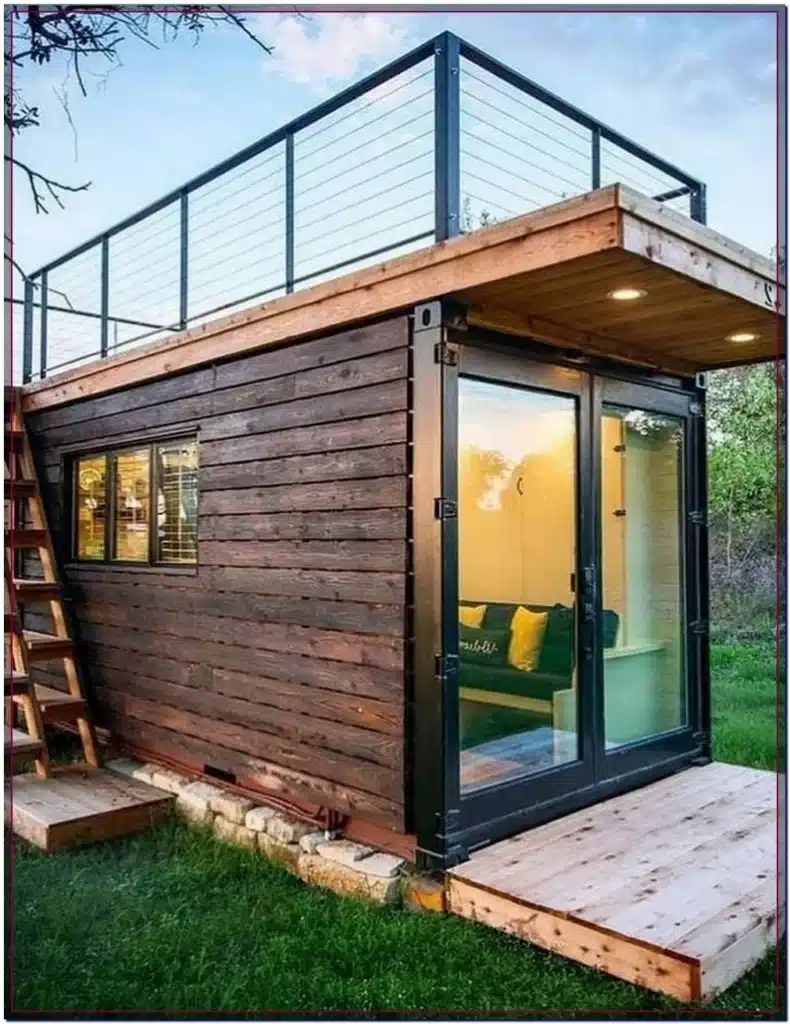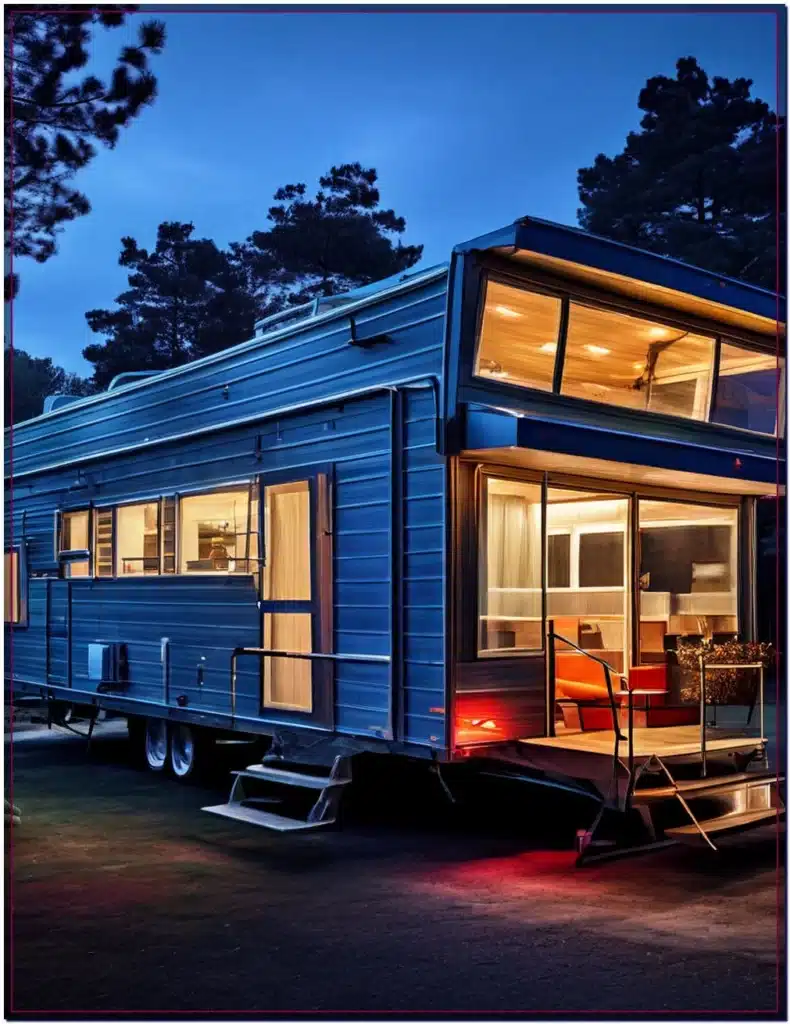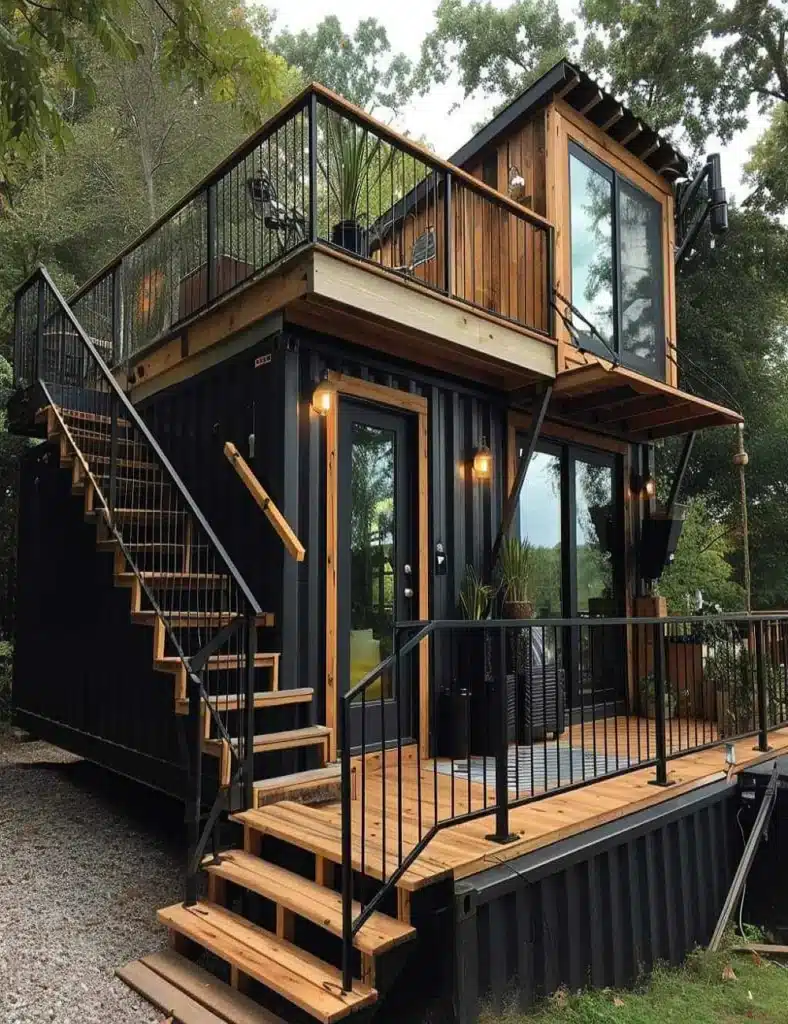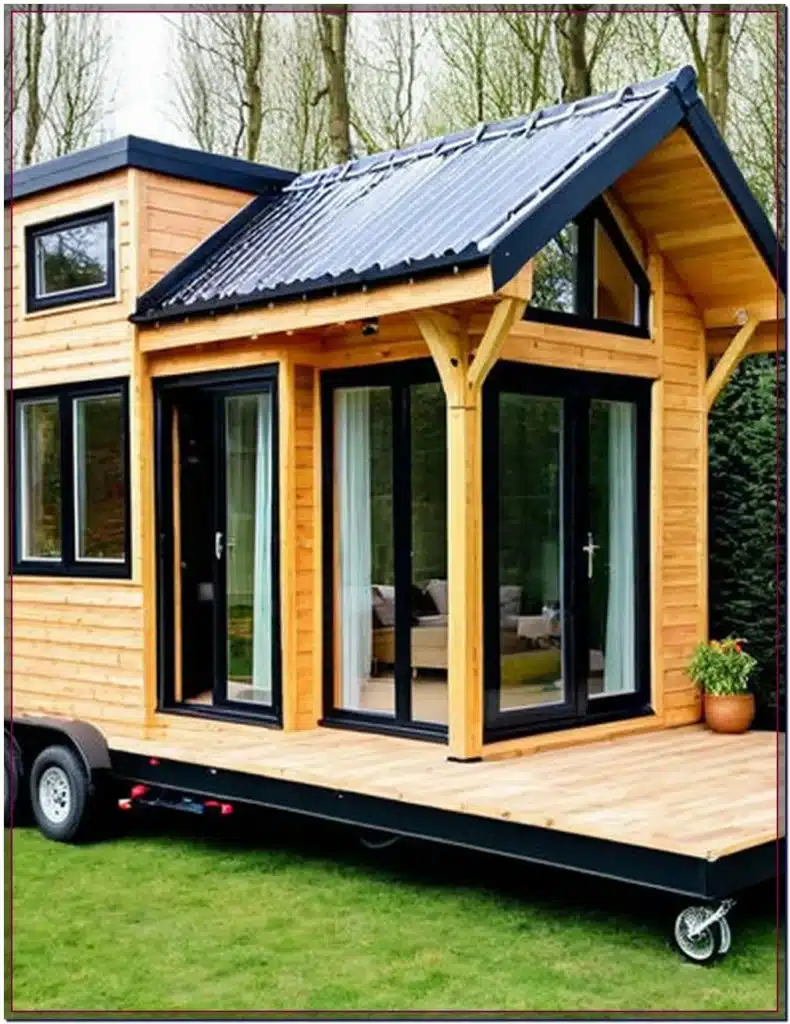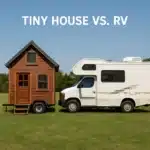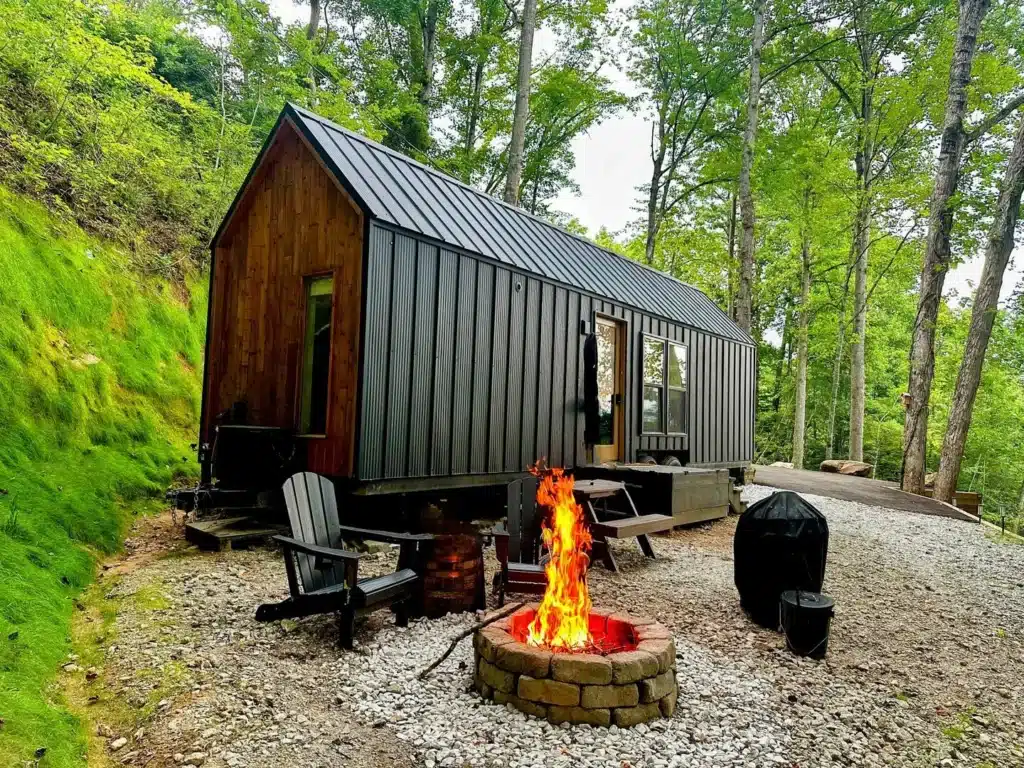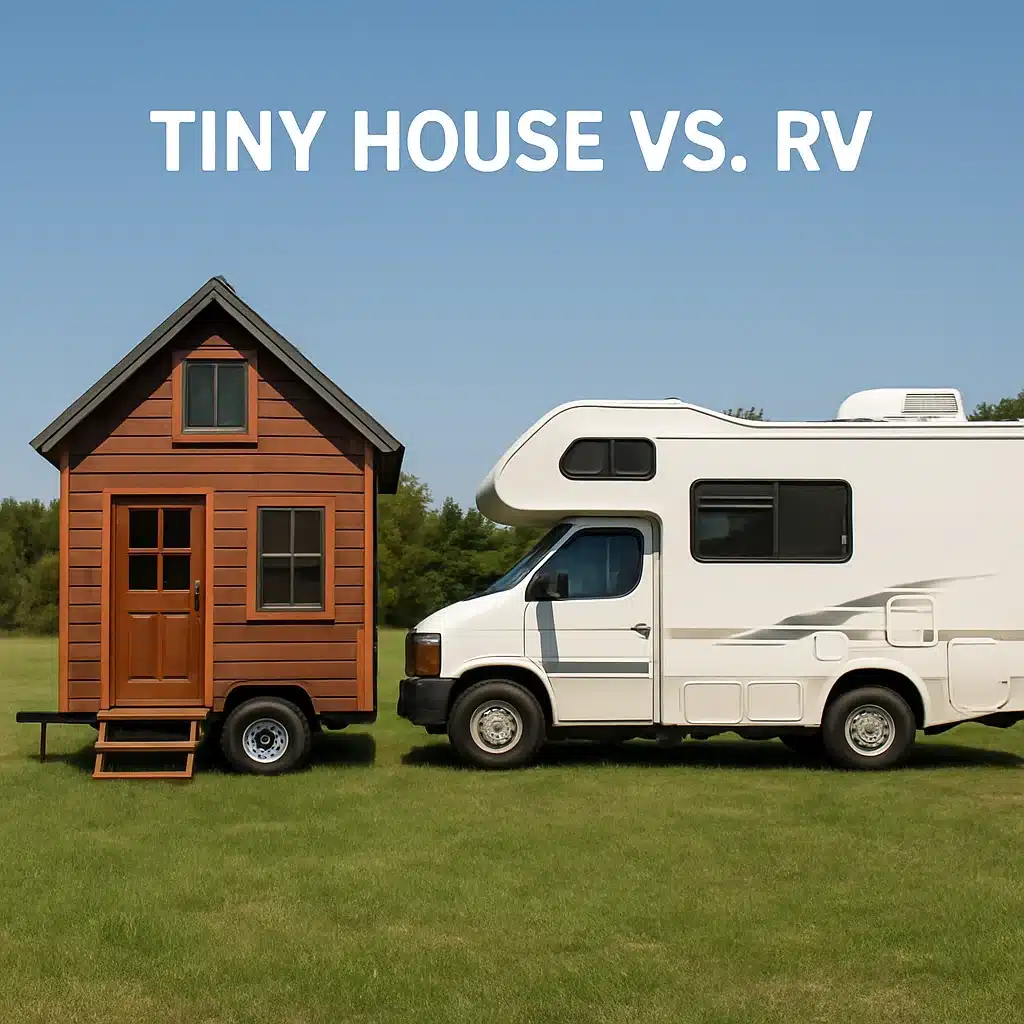Tiny houses have really taken off lately — not just as cool minimalist homes, but also as great ways to earn some extra cash. Thanks to platforms like Airbnb, turning a small space into a money-making rental is easier than ever. If you’re thinking about listing your tiny house, here’s how to get started and make it successful.
Why Go Tiny for Airbnb?
Tiny houses offer something different — they’re cozy, charming, and super Instagrammable. Whether they’re built on wheels or set on a foundation, they attract guests looking for something outside the usual hotel stay. If you’re the host, they’re often cheaper to build and maintain than a full-size house, which makes them a solid option for bringing in some passive income.
A lot of Airbnb guests are searching for something a little quirky or memorable, and tiny homes check that box. If you design it well and market it right, your place can stay booked all year.
Step 1: Look at your Rules First
Before building or putting something up, you’re going to want to see what your local zoning rules and short-term rental laws have to say. Some places are very strict about tiny houses-schools especially on wheels. You might require special permits, or even need to hook into utilities to comply with local laws.
Talk to the city or county offices to know if you can get the go-ahead. This is the first of many things that can help you avoid having headaches (and fines) later.
Step 2: Plan Around Guests
Every inch counts when space is so limited. In general, a tiny house rental should be comfortable, well thought out, and aesthetically pleasing. Furniture should be multi-use, storage should be smartly planned, and materials should be chosen for durability against wear and tear.
Some things guests are sure to require:
- Comfortable Queen- or King-size Bed
- Private Bath with Hot Water
- Small Kitchen with the Basics
- Good Wifi and Climate Control
- Outdoor Perks such as Fire Pit, Hammock, or Deck
These tiny houses do not get booked just for a roof over one’s head; they’re booked for an experience. So don’t worry about letting your personality shine through: Big windows, cozy lights, rustic touches, or environmentally conscious ideas will go a long way.
Step 3: Build a Listing That Pops
To stand out on Airbnb, your listing needs to shine. Take bright, high-quality photos — inside and out. Then write a description that’s warm, clear, and highlights what makes your place special.
A few tips to make your listing stronger:
- Show off the experience (“peaceful forest escape” or “tiny house with mountain views”)
- List all your amenities
- Set expectations with simple, honest house rules
- Use keywords like “tiny house Airbnb” or “unique vacation rental” to help guests find you
Step 4: Nail the Price and Guest Experience
Check out similar listings in your area to get an idea of what to charge. Even though tiny homes cost less to build, people will often pay more per night because they’re so unique. Offer deals for longer stays and adjust your prices during busy seasons.
Once guests book, make sure things go smoothly. Send a digital guide, share local tips, and keep check-in easy. A little extra effort here really pays off in reviews — and great reviews bring more bookings.
Thinking Bigger? Here’s What’s Next
Once your first tiny house is doing well, think about growing. You could add more tiny homes or even branch out into glamping, farm stays, or offering little workshops. With a solid plan and a bit of creativity, this can turn into a fun and profitable small business.
Bottom line? If you combine the cozy charm of a tiny house with Airbnb’s wide reach, you’ve got a recipe that works — as long as you stay thoughtful, guest-friendly, and creative.


